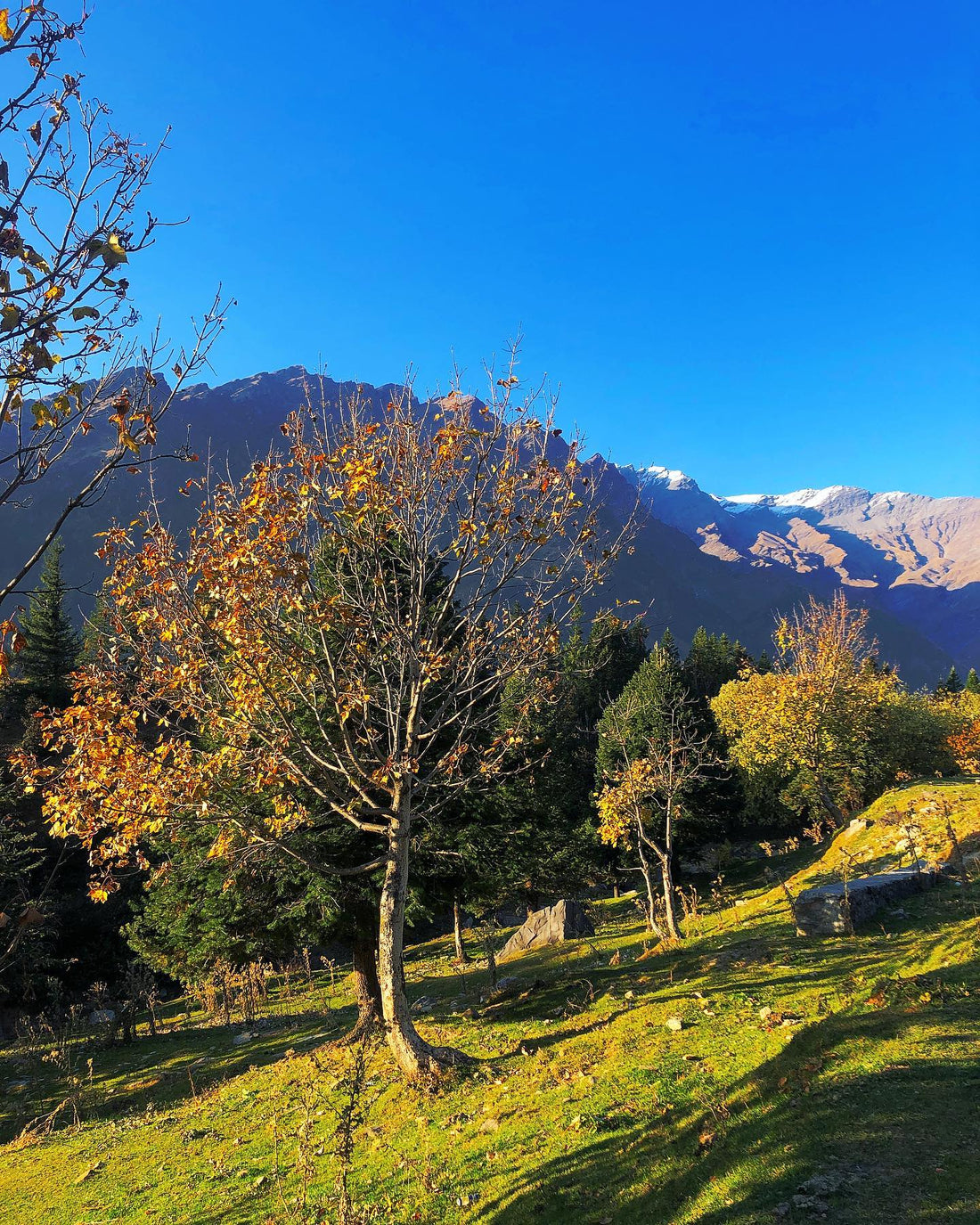Weather Forces Shaping Kullu Valley: A Comprehensive Analysis
The Kullu Valley, nestled in the Western Himalayas, experiences a diverse and intricate interplay of weather forces that define its unique continental climate. These forces, both major and minor, contribute to the valley's meteorological complexity. In this comprehensive analysis, we delve into the significant weather phenomena shaping Kullu's climate, shedding light on their mechanisms and impacts.
The Monsoon Symphony
Southwest Asiatic Monsoon: The crown jewel of Kullu Valley's weather dynamics is undoubtedly the Southwest Asiatic Monsoon. From May to September, the Indian subcontinent transforms into a cauldron of heat, creating a colossal low-pressure trough in the northern region. Moisture-laden winds, originating from the southern Indian Ocean's Southeast trades, traverse the equator and sweep across the subcontinent. This grand procession, known as the Southwest Monsoon, typically reaches Kullu Valley in late June, with its full force reigning supreme from July to September.
The counter-clockwise rotation of the low-pressure system spawns a robust westerly wind that dominates the region's airflow during the summer months, stretching from Kashmir to Nepal. It brings life-giving rains to the valley, quenching its thirst and rejuvenating the lush landscapes.
Northeast Asiatic Monsoon: In contrast, the onset of winter ushers in a different player on the meteorological stage. As the Indian subcontinent cools down, a high-pressure system of frigid, dry air takes shape, creating the Northeast Monsoon. The Eastern Himalayas act as a formidable barrier, shielding northern India from rain. However, the high-pressure over China diverts the jet stream southward, at times aligning it directly above Kullu Valley. This west-to-east airflow accelerates the arrival of cyclonic disturbances, significantly impacting the region's winter weather patterns.
The Jet Stream's Intrigue
The upper-level Jet Stream, a swift-moving high-altitude air current located to the north of the Himalayas during summer, remains relatively inconspicuous in Kullu's summer weather. Its influence becomes most pronounced during winter when it plays a pivotal role in shaping the valley's climate.
The Jet Stream's southward shift during winter, often directly above the Kullu Valley, has a profound impact on the region. This swift, eastward-moving air current acts as a conveyor belt for storm systems, pulling them across the Punjab and toward Kullu. The valley relies on these western disturbances for a substantial portion of its winter snowfall. These disturbances, originating from various distant sources such as the Mediterranean and Iran, carry moisture from the Arabian Sea. As they collide with the Dhaula Dhar Range and rise over the Pir Pinjal Range, they release their moisture as snow, gracing the valley with its winter wonderland.
Winds of the Alpine Realm
Unlike many Himalayan regions, Kullu Valley enjoys surprisingly mild winds due to its unique geography. It acts as a shield against prevailing winds, creating a distinct microclimate. One of the notable wind patterns in the valley is the daily valley winds, particularly pronounced during the early morning and spring.
During the night, especially in valleys near Lahaul, cold air settles, creating a frigid blanket. This cold air is then drawn down into the warmer, southern regions as the day progresses, generating a southerly or downward flow. This cyclic movement of air often entraps clouds and mist, leading to their accumulation during late afternoon and dusk. As morning arrives, the warming air gradually lifts the clouds and mist, producing high-level cloud cover in the early afternoon.
The Allure of Kullu's Climate
Intriguingly, Kullu Valley's climate is a mesmerizing blend of factors where the Indian Ocean, Asian landmass, and the might of the Himalayas converge. It's a climatic symphony orchestrated by the grand monsoons, the enigmatic Jet Stream, and the subtler winds of the valley.
Kullu's climate isn't just a subject of scientific fascination; it shapes the region's identity and way of life. The monsoons infuse life into its fertile fields, sustaining agriculture and providing a canvas for vibrant flora. The winter snowfall, courtesy of the Jet Stream's influence, transforms the valley into a pristine playground for winter sports enthusiasts, drawing visitors from far and wide.
Kullu's climatic tapestry is a testament to the intricate dance of atmospheric forces, each playing its role in crafting the valley's meteorological marvel. It's a reminder of the awe-inspiring power and beauty of nature's forces and their profound impact on the landscapes they touch.
By the Numbers: Kullu Valley's Meteorological Marvel
Let's delve deeper into Kullu Valley's meteorological marvel by exploring some fascinating facts and figures:
-
Monsoon Rainfall: During the monsoon season, Kullu Valley receives an average annual rainfall of approximately 1,500 millimeters, making it one of the wettest regions in the Western Himalayas.
-
Winter Wonderland: The winter season sees Kullu Valley blanketed in snow, with an average snowfall ranging from 50 to 200 centimeters, depending on the altitude and location within the valley.
-
Jet Stream Speed: The upper-level Jet Stream, which can reach altitudes of 9,000 to 16,000 meters, boasts wind speeds that can exceed 300 kilometers per hour, making it a formidable atmospheric highway.
-
Winter Sports Hub: Kullu's reliable winter snowfall and favorable skiing conditions have made it a renowned destination for winter sports enthusiasts, contributing significantly to the region's tourism industry.
-
Unique Wind Patterns: The valley's distinctive daily valley winds, driven by the movement of cold air from higher altitudes to lower ones, create a mesmerizing interplay of mist and cloud cover, adding to the valley's mystique.
-
Lush Green Summers: The monsoons rejuvenate Kullu Valley's lush greenery, making it a haven for agriculture. The valley's fertile soil yields a variety of crops, including apples, plums, and pears.
A Kaleidoscope of Climate
In conclusion, Kullu Valley's climate is a kaleidoscope of atmospheric forces, where the grand monsoons, the elusive Jet Stream, and the subtle valley winds paint a vivid picture of meteorological diversity. From the life-giving rains of summer to the enchanting winter snowfall, Kullu's climate is not merely a backdrop but a defining element of its identity and allure. As we continue to unravel the mysteries of Earth's atmospheric ballet, Kullu Valley remains a testament to the power and wonder of nature's forces.

